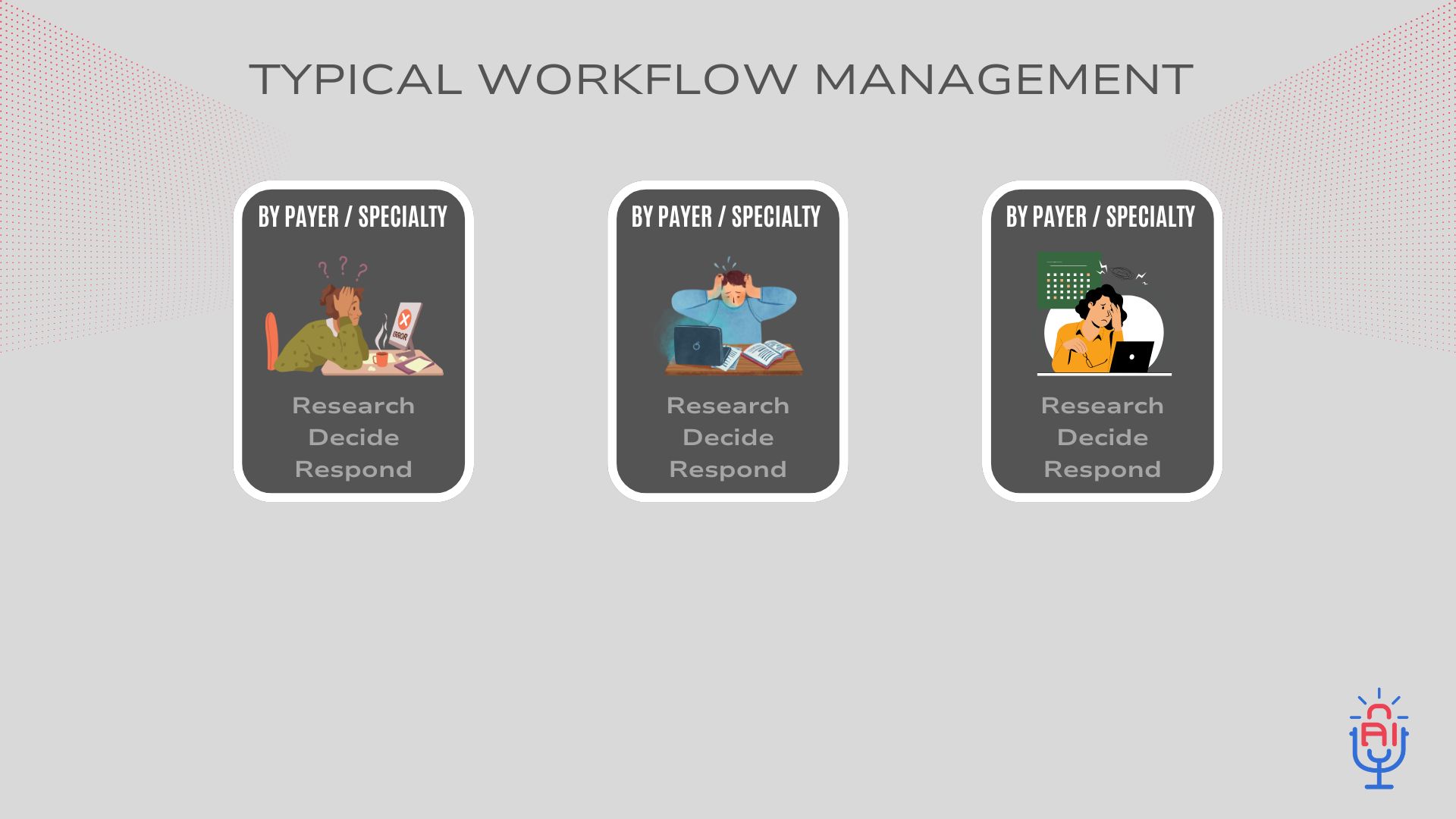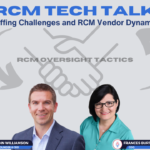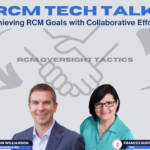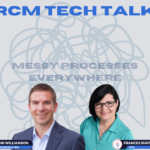The Current State of AR Management
Revenue cycle departments across the healthcare industry grapple with maintaining consistent collections amidst endless staffing shortages and increasing claims complexities. Traditional AR workflow have served their purpose, but it’s time for a change in order for meaningful progress to be made.
Common AR Workflow Divisions
Many organizations divide their AR tasks based on:
- Financial class (Medicare, Medicaid, commercial)
- Specialty (e.g., urology, vascular)
- Client groups (for RCM vendors)
- Locations (ER, diagnostic center, ASC)
These divisions aim to build specialized expertise and promote claim ownership. The theory is that staff members become intimately familiar with the nuances of their assigned area, leading to more efficient processing and follow-up.
Benefits of Traditional Approaches
- Building payer and specialty expertise
- Promoting claim ownership
- Reducing team dependencies
Staff members working within a specific domain can develop deep knowledge of payer behaviors, specialty-specific coding requirements, and common denial reasons. This expertise can lead to faster resolution of issues and more accurate initial claim submissions.
Claim ownership encourages staff to go the extra mile in follow-up and research, as they know they’ll be responsible for the claim throughout its lifecycle. This can result in fewer claims falling through the cracks and more persistent efforts to resolve complex issues.
Limitations and Challenges
Despite these benefits, traditional AR workflow approaches come with significant drawbacks:
- Limited cross-training opportunities
- Knowledge gaps during staff absences
- Inefficient resource allocation
- Potential workflow bottlenecks
When staff members specialize in one area, they may struggle to assist in other areas during peak times or staff shortages. This lack of flexibility can lead to backlogs and delayed claim processing.
Moreover, when a specialist is out of the office, their workload often sits untouched until their return, creating potential cash flow issues and delayed follow-up on time-sensitive claims.
Rethinking AR Workflow
As the healthcare finance landscape becomes increasingly complex, it’s clear that traditional AR workflow approaches may no longer be sufficient. The rise of high-deductible health plans, the complexity of Medicare Advantage policies, and the increasing use of AI – by payors – in claims processing all contribute to a need for more agile, efficient AR management strategies.











